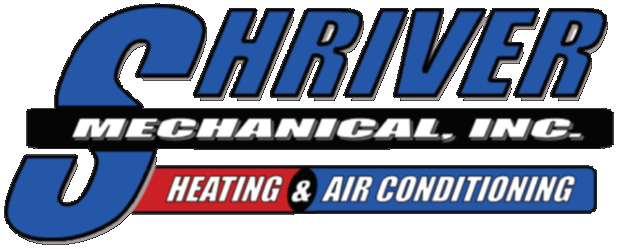Ductless heating is great for heating and cooling your house. In addition to working well for homes without ductwork, they can help address hot or cold spots in the home or be a good choice when extending your house. They’re more energy-efficient and much quieter than other systems, which can be very beneficial for most homeowners. However, just like traditional HVAC systems, problems can arise that prevent proper heating and cooling. If your system isn’t working as it should, it can be helpful to know what the potential problem could be before you contact an HVAC repair company. Here are some possible causes of a ductless heating system that’s not working properly.
Refrigerant Leaks
A ductless system evaporates and condenses the refrigerant to move heat from one area to another. That means that if your system is low on refrigerant due to a leak, there’s less ability for the heat pump to move heat into the home. Low refrigerant is a major concern because it means there’s definitely a leak since refrigerant doesn’t get used up or evaporate on its own. A leak is concerning not only because the heating and cooling system will be unable to provide the output needed to keep you comfortable, but it’s hard on the system as well. It will result in other malfunctions and eventual breakdown. A regular professional check-up by HVAC services in Marietta, GA, will identify refrigerant leaks before they become serious.
Compressor Problems
A problem with the compressor will also affect the refrigerant’s ability to heat or cool your home. The compressor is contained in the outdoor unit of the system along with the condenser, condenser fan, and heat pump. If the compressor stops working correctly, the refrigerant won’t be pressurized correctly. It will affect the heating and cooling abilities of your ductless system.
Condensate Line Blockage
The condensate line on a ductless system is longer than on a regular air conditioning system, which means that it’s more likely to have problems with blockages. A clog in the condensate or refrigerant line can make it hard for the blower to work correctly, so this can affect the ability for air to be delivered to the room, making the overall temperature less comfortable. Fortunately, this problem is generally easy to address.
Reversing Valve Issues
The reversing valve is essential for your system to be able to switch between cooling and heating. The system does both the heating and cooling by moving refrigerant. For the process to change between seasons, the refrigerant has to flow in the opposite direction. The reversing valve is what makes this possible, so if there is a problem with the valve that prevents the system from switching from a cooling to heating mode, you’ll find that there’s no heat available. This can happen because the solenoid that controls the valve goes bad, or the valve’s slide gets stuck. When the system is stuck in cooling mode, this is usually the cause, so a call to HVAC technicians can get the problem fixed quickly. Contact Shriver Mechanical, Inc., today to have your HVAC system diagnosed.
